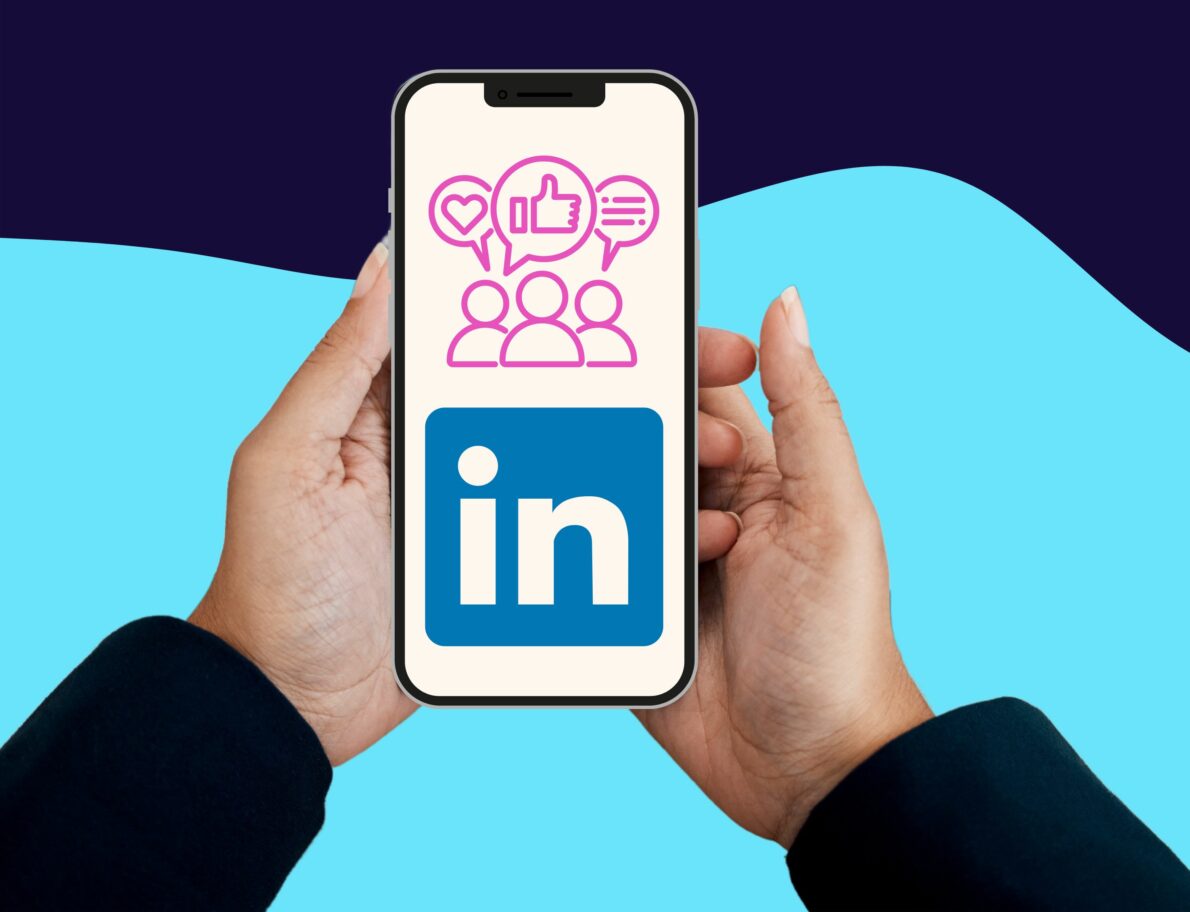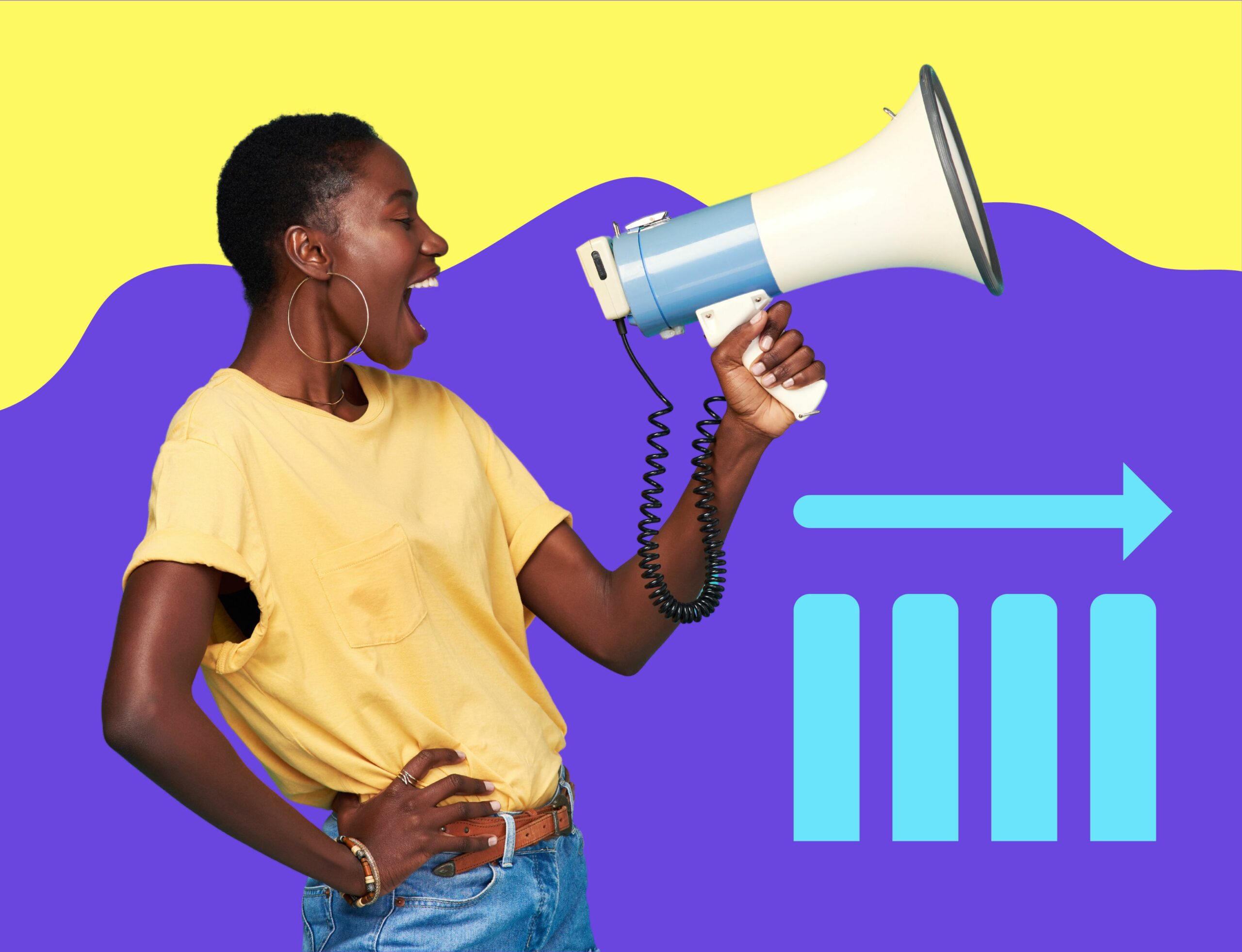What you’ll learn
Hey B2B businesses, did your conversions fall short last year? Sounds like your Linkedin strategy could use a touch up.
Think LinkedIn is only for recruiters and resumes? Think again. The platform has nearly 200 million American users with prominent buying power that are 6X more likely to convert.
In the LinkedIn marketing world, you’re the candidate, your content is your resume, and your competitors? They’re the hundreds of other candidates vying for your audience’s attention.
The best way to stand out? Consistent messaging that engages, connects, and converts. Lyon Content CEO Christina Lyon breaks down how to use LinkedIn effectively with exclusive content and engagement strategies.
What is a Linkedin Marketing Strategy?
A LinkedIn marketing strategy documents your brand’s plan to achieve your marketing goals on LinkedIn. It covers audience info, targeting and retargeting tactics, content topics, and how you’ll use LinkedIn features and posts to promote your business offerings.
But leads won’t convert with a LinkedIn strategy that stops at quality content, even if it’s relevant to your target audience. That’s the first step to your LinkedIn strategy, but Christina says effective LinkedIn strategies prioritize engagement:
“Engagement is everything. While publishing content is important for building authority, engaging with meaningful conversation and contributions on subjects related to your field are important for participating in the discussion and attracting new clients,” Christina highlights.
So, what should guide your conversation? Your brand offerings and values should be apparent in every post, comment, and association via likes and follows.
So let’s talk about the best way to reinforce your brand to your audience.
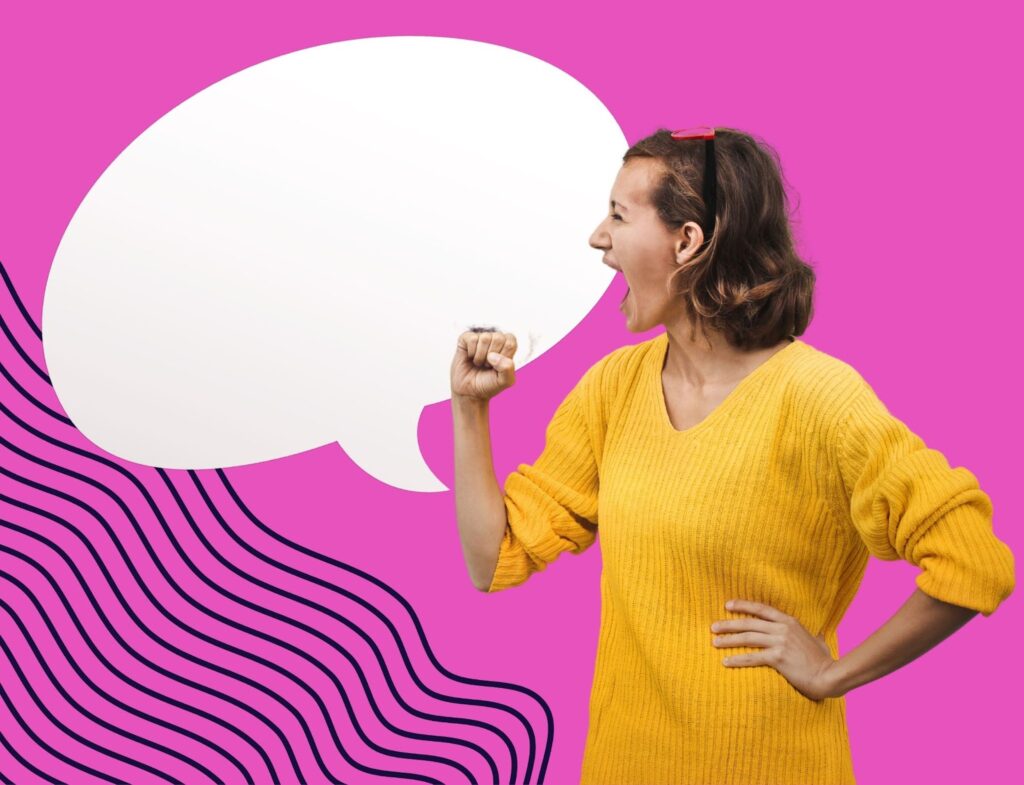
How to Keep Your Brand Messaging Consistent on LinkedIn
Ever yawned while browsing your LinkedIn feed? The exact same “inspirational” stories and listicles from your network might get boring after a while.
Now imagine your audience has that sentiment when your brand appears. Yikes.
With your LinkedIn strategy, you want to be consistent with your industry’s latest trends but not camouflaged among your competitors.
Consistent brand messaging helps you stand out while showcasing your unique value propositions (UVPs) to your audience.
Creating Engaging, Professional Content While Staying True to Your Brand
LinkedIn is a social network for professional discourse and connections. But Christina reminds us that the platform’s professional vibes shouldn’t harp on your brand’s unique values or personality:
“Personality works in your favor on LinkedIn,” says Christina. “While you want to maintain professionalism, being too stuffy or corporate with networking can feel impersonal. Showcasing your brand personality is a great way to stand out and drive more engagement.”
Here are some tips to keep consistent messaging across your LinkedIn content that maintain your brand personality:
- Find your tone of voice and stick to it.
- Create a brand messaging framework.
- Follow a style guide with vocabulary and vibe do’s and don’ts for all your content
- Update content regularly with quarterly audits.
Ready to see consistent messaging on LinkedIn in action? Keep reading for our LinkedIn strategy content tips and share-worthy examples.
LinkedIn Content Strategy Tips
Industry topics, company updates, videos, LinkedIn blogs— where do we begin with our LinkedIn content strategy? Deep breaths; we’re going to break it down for you.
How to Use LinkedIn Posts
When you think of LinkedIn content, a long-form listicle might come to mind first.
But the trick for an effective LinkedIn content strategy is to use all of the platform’s features and post formats to your advantage.
Paint a picture with high-quality videos
Product demos help your target audience imagine your brand’s benefits more extensively than text descriptions.
Google even adds a human element with this staff repost that describes the search engine giant’s latest AI tool Gemini, along with an accompanying striking video:
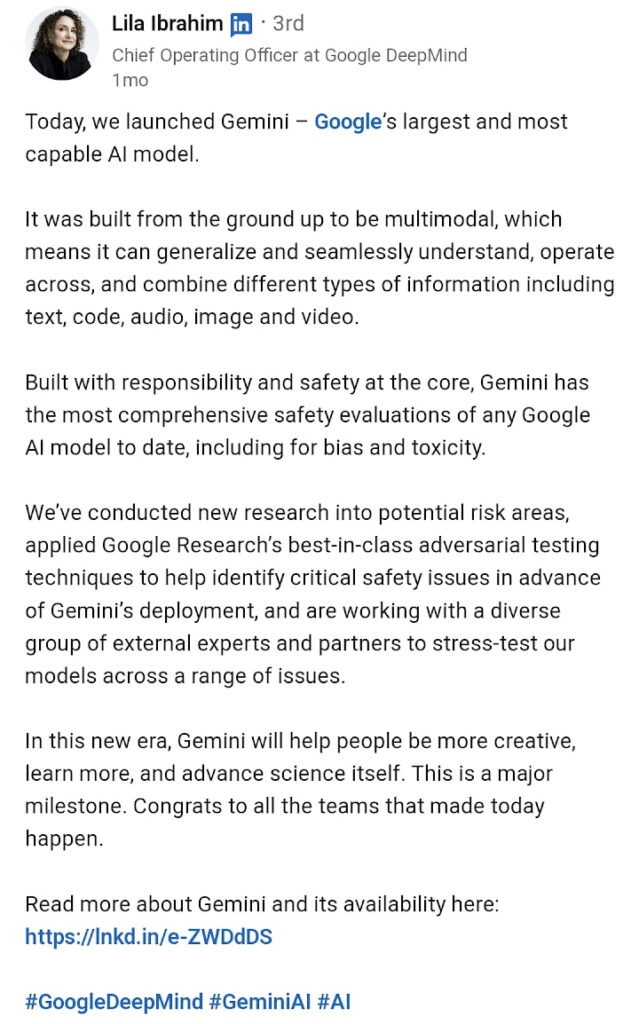
Notice how they included topical hashtags in their LinkedIn strategy as well? That might have helped them snag over 16,000 impressions and 350 comments.
Customer testimonials also pack a more persuasive punch in video form. Seeing a happy customer gush about your brand and their subsequent successes humanizes your services.
Intuit QuickBooks shares a real customer story from their perspective while helping their audience imagine all the ways their business can succeed with the brand’s product:
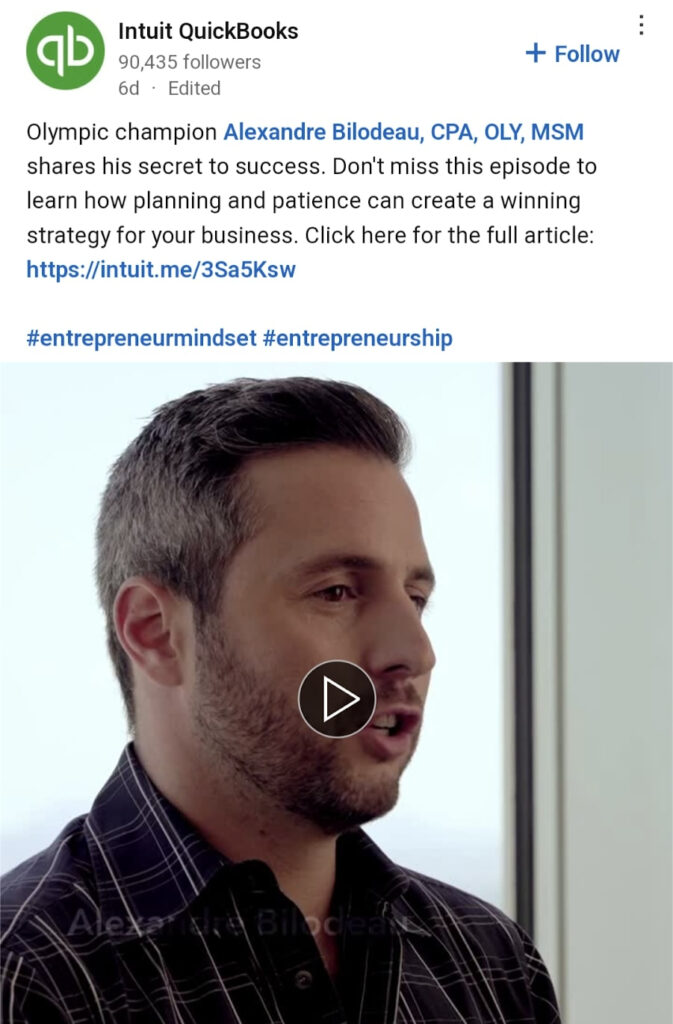
Dive deep with long-form content
LinkedIn’s 3,000-character limit gives you lots of space to indulge in industry topics and brand storytelling for your audience.
Some long-form content ideas might include:
- Studies and survey results
- News releases
- Blog posts
- Listicles
- Employee or customer testimonials
- Company event activity
- Blog repurposing
Not to toot our own horn, but we got some serious LinkedIn traffic after posting this listicle about social media copywriting tips 👀:
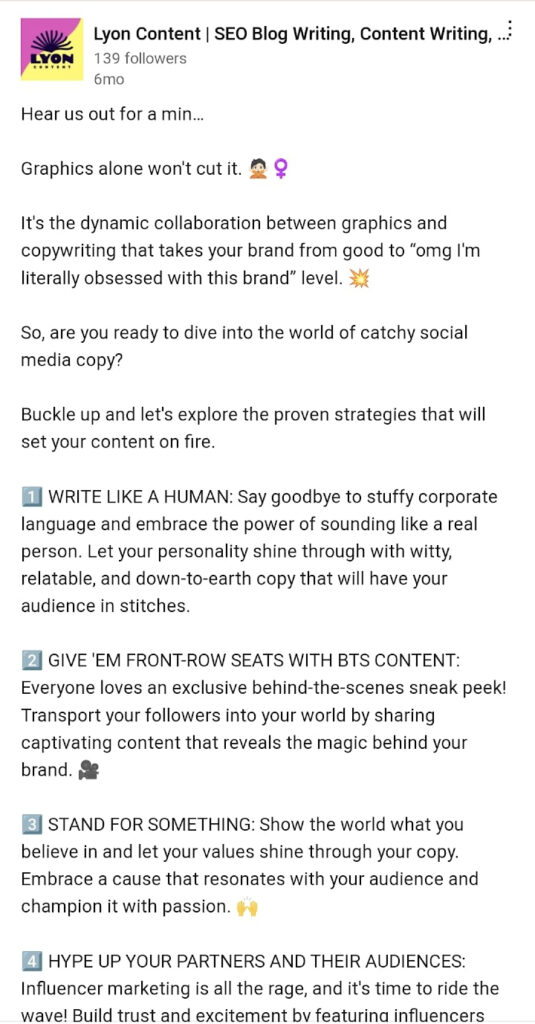
Just don’t forget to add a high-res, unique photo. LinkedIn posts with images often see double the comments, and even more buzz if you add multiple photos. That’s why we added 10 on a LinkedIn photo carousel:
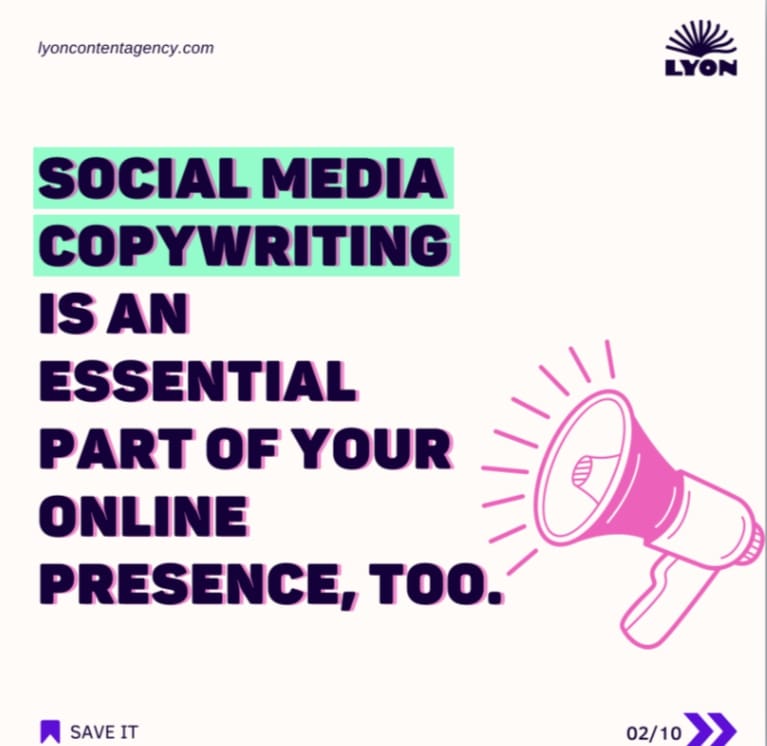
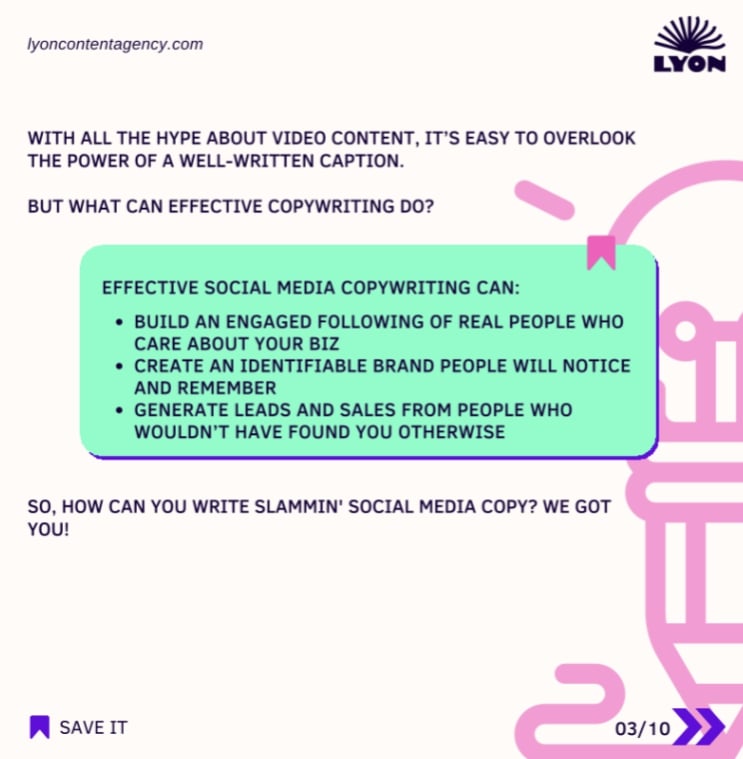
But what if your audience is pressed for time?
Capture busy audiences with short-form content
Some days, you’ll eagerly consume a stat-heavy, provocative article about your industry’s latest trends. Other days? An infographic will suffice. Capture a rushed audience’s attention with a mix of long- and short-form content.
Here are some LinkedIn post ideas for short-form content:
- Blog reposts with key quotes
- Polls
- Lead generation forms for exclusive free resources
- Infographics with key stats
- Open-ended questions to spark audience engagement
- Slideshow photos of product functions and benefits
Our digital marketing client HawkSEM shares a key takeaway with a CTA for more info. That’s a low-pressure, effective way to guide audiences to your website via your LinkedIn strategy!
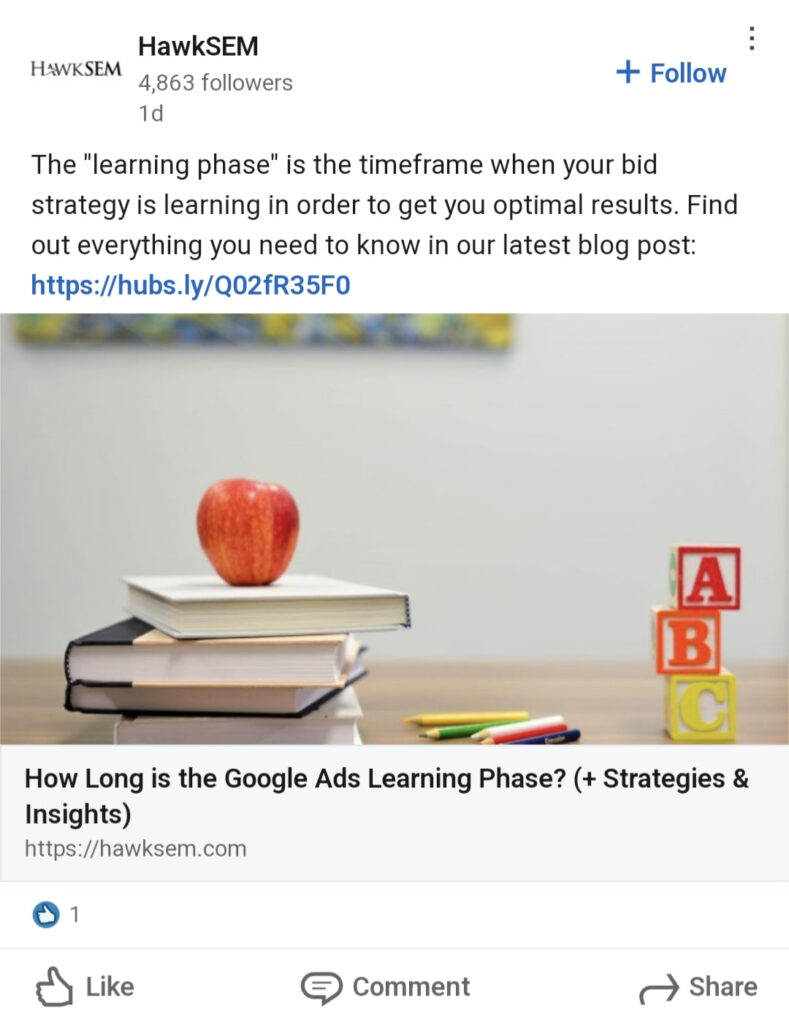
Read more about the high-ranking blog articles we consistently write for HawkSEM!
Once you have content that’s relevant, engaging, and on-brand? Your audience will do the rest.
Connect with audiences through user-generated content
You can’t trust everything you hear; but if more people say the same thing and they’re not biased? Chances are you’ll trust the buzz.
At least, that’s how LinkedIn users feel when they see customer testimonials and brand praise from objective users (aka people who aren’t within your company).
Conversations appeal to the human element of your marketing strategies, while user-generated content helps you simultaneously engage your audience and attract new ones.
Here are some examples of user-generated content:
- Testimonials
- Social media comments
- Customer highlights or success stories
- Survey or poll results
- Live Q&As or interviews
But you won’t spark or continue conversation until you take the time to build a relationship with your audience.
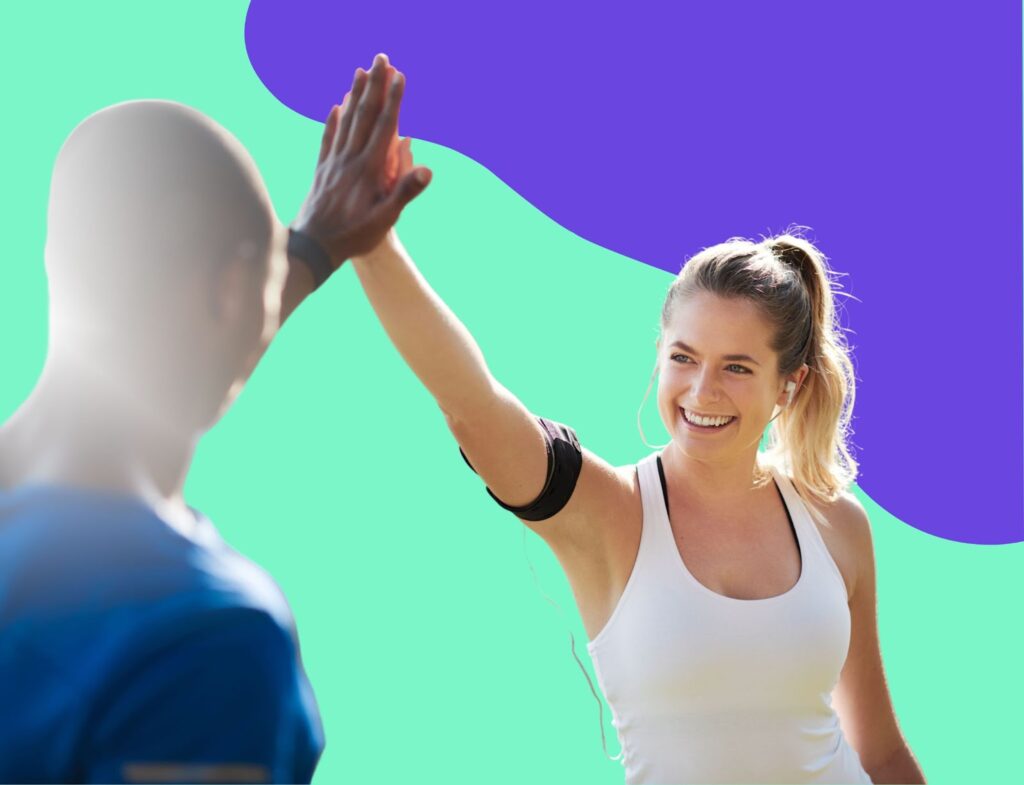
Focus on building relationships and networking, not selling
B2B audiences might have the most buying power, but the sales cycle is longer. Meaning? LinkedIn conversions are a slow burn and your target audience needs ample time before trusting you enough to buy.
That’s why aggressive sales tactics won’t work for LinkedIn audiences.
“We all get LinkedIn spam messages, and they’re all kind of the same and way too salesy,” Christina says.
The DM can close the deal, but only if you put in the work first. We’re talking a minimum of 5-10 engagements (comments and knowledge exchanges with your audience on your posts). This doesn’t just build trust with your lead, but also demonstrates your value to other onlookers who haven’t engaged yet.
Christina’s play?
“First build the connection and establish that you have value and are genuinely invested in the lead by nurturing it,” Christina advises. “Once they’ve engaged back with you several times and you’ve established a rapport, then you can bring the convo to your DMs.”
Still, even with positive comment exchanges, you don’t have free reign to go full sales mode on LinkedIn.
Level up audience relationships with personalization and value
So you’ve engaged with your audience. Now what? Keep up the rapport and naturally weave in your brand offerings and value into a continued conversation.
Here’s the difference:
You’re a wholesale food brand marketing to restaurateurs and chains. A popular fast-food VP has bantered on your LinkedIn posts for the last month.
Don’t say:
“Hey, we’ve chatted on this post and wanted to share a link to purchase our product.*
This screams mass message and will send your leads running.
Instead, personalize your message and focus on value above else:
“Hey (Name), I appreciated your input on our recent post about X industry trend. Is your restaurant struggling with X pain point? Many of our clients felt relief with our X product, which helps them X, X, and X. Feel free to reach out if you have any questions about our products.”
The result? You’ve shared your website, products, and value while nurturing a genuine connection with your audience. Hello, conversions!
Just make sure you build relationships with the right audience.
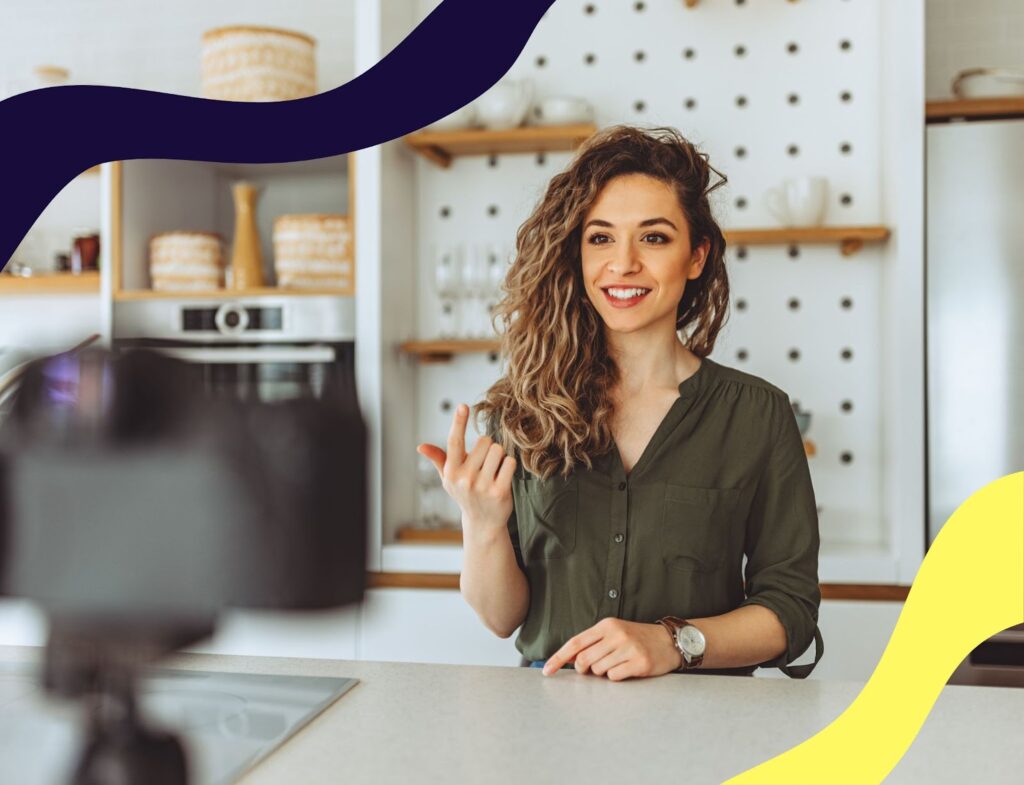
Know your audience
Before you figure out what to post on LinkedIn, you’ll need to know whether your audience is actually on LinkedIn to begin with.
“Ultimately, you should only ever invest marketing funds into channels where you have a target audience,” Christina explains.
Chances are, B2C audiences and kids aren’t looking on LinkedIn for your products — Facebook Ads is a better bet. But if you’re in any B2B niche, Christina says LinkedIn is a must in your channel roster:
“It’s crucial for B2B businesses because it’s a gold mine for networking with aligned industry professionals.”
OK, so your audience is on LinkedIn. How do you identify them among the hundreds of millions of users?
#Hashtags — they’re not only for Instagram
Find out what’s trending in your niche with simple hashtag searches on LinkedIn. You’ll see what kinds of audiences follow those hashtags, what they’re saying about it, and pain points your brand can help them with. You can also use hashtags to discover relevant industry LinkedIn groups to connect with more qualified leads.
Another way to find your audience?
Check out who’s peeping your page
The “Who Viewed Your Profile” feature shows you the leads your content is attracting. From there, you can gather even more useful details about your audience to better market to them. Plus, you can compare your exposure and performance to other similar businesses (competitors).
Don’t have time to research? Lyon Content’s sleuth writers can get the 411 on your audience and save you the hassle. Check out how we unveiled audience personas for our client Rainbow King Foods to inform a kickass brand messaging strategy.
Layer LinkedIn Leads with Lyon Content!
Your niche already has a ton of LinkedIn business pages spewing the same content topics with the same ideas and messaging. If you want to dominate the feed, you’ll need a LinkedIn strategy that humanizes your brand with genuine audience engagement and consistent messaging.
Need help with your LinkedIn strategy?
Lyon Content is your one-stop shop for creative content writing and social media engagement, including in-house blogs, social strategy, SEO, brand messaging guides, and social media marketing.
Let’s land you some leads and loyal customers.
FAQ:
1. Which brands benefit from LinkedIn marketing?
B2B and SaaS businesses will find the most qualified audiences on LinkedIn since professionals use the platform for networking.
2. What is the LinkedIn character limit?
The LinkedIn character limit for posts is 3,000.
3. When is the best time to post on LinkedIn?
Generally, the best specific times to post on LinkedIn are on Tuesdays and Wednesdays at 9 a.m. But this varies depending on your niche, audience, and business. LinkedIn Analytics shows you ways for finding the best times based on seasonal trends in your ad and content performance, which can help you schedule posts to meet your audience when they’re online.

01/29/2024
Chrissy is a contributing writer at Lyon Content based in Toronto. She loves writing and editing tech, marketing, and lifestyle content. But her favorite part of writing is helping businesses express themselves. When she isn't writing, she's traveling as much as possible and eating a lot of cheese.

